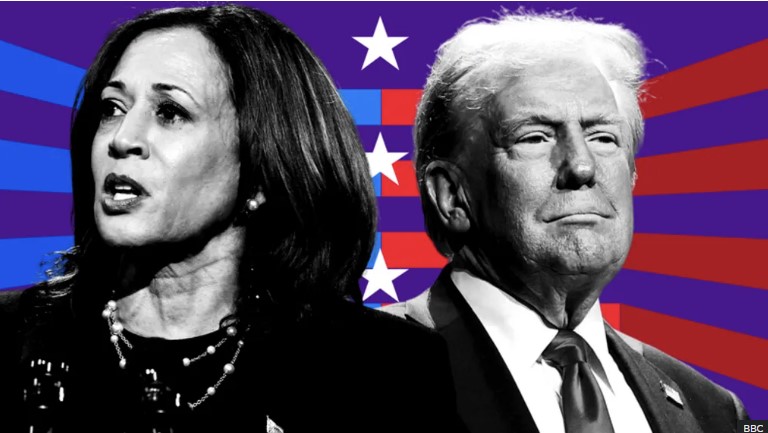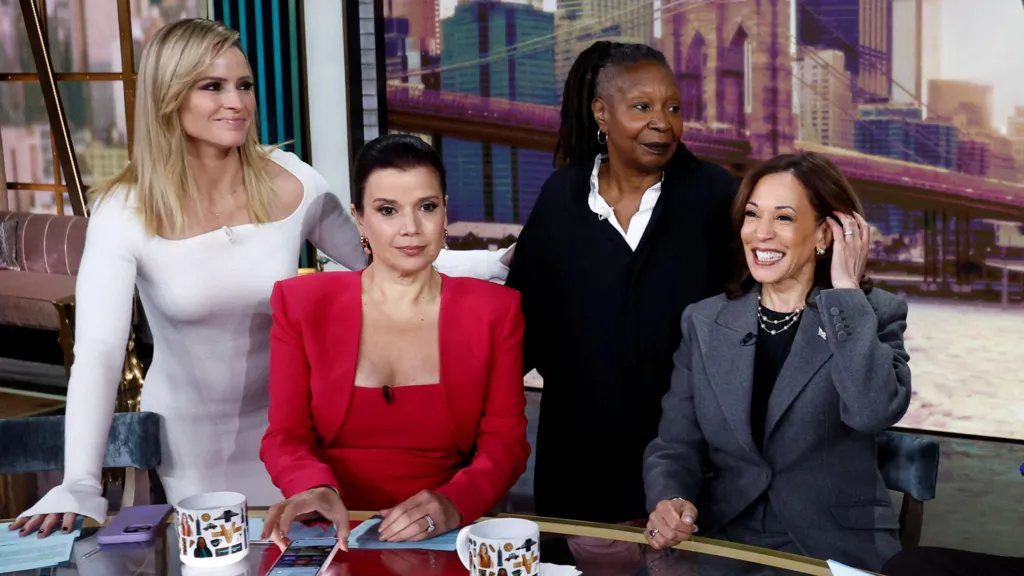The Tale of a Historic Presidential Run
The 2020 U.S. Vice Presidential election was a historicστόχος. It was the first time a woman of African American and South Asian origin competed for one of the highest offices in America. The California senator was one of the high-profile names thrust into the national spotlight. At first, the response to her candidacy was wholehearted and heralded as a progressive moment for the Democratic Party.
Joe Biden's running mate, Kamala Harris, was brought into his camp to support him in the presidential run and fire up crucial parts of the electorate and embody a new generation and diversity. Despite the excitement, though, her campaign quickly crumbled in ways that had political observers wondering whether it was a subpar candidate or an inevitable result of a failing campaign. The purpose of this blog post is to explore these elements and discuss how they went wrong.
The Flaws in the Candidate
A Complex Political History
Kamala Harris Political History: A Mixed Bag of Wins and Controversies Her time as the California Attorney General and later a U.S. Senator had both positives and negatives. For some, her reputation as a tough-on-crime politician was to be admired; for others, she was being too harsh and militant, especially against many in minority communities. These complications made for a complicated narrative with which voters struggled to grasp alongside the progressive ideal she was meant to embody.
Harris also encountered criticisms about her record as a prosecutor. Critics noted that her current progressive positions contradicted past decisions. That seemed to play into a disconnect at times in her public-facing moments, something her opponents seized on to try to undermine the credibility and sincerity she sought.
Debate performances and public appearances
When it comes to something like politics, where appearances and word choice can literally make or break a candidate, one slipup could be the end of the road. Harris was hit or miss, dazzling in moments but working hard to win the audience over at parts. As soon as we saw Amy Klobuchar in the debates — she was a fierce debater; her moments, like taking on Joe Biden over his comments about race during the primaries, definitely stood out, but she often came off too aggressive.
The contradictions stuck with voters, making some question whether her debate strategy fit the empathetic leadership style Democrats were trying to promote.
Campaign Challenges
The Impact of COVID-19
This prompted an unprecedented challenge to the traditional campaign that was modelled so well across many decades of study due to COVID-19. Campaigns had well-laid plans for turnout and outreach tactics lined up. Still, then the pandemic changed everything, forcing them to move these hugely impactful efforts from in-person settings of enormous rallies or town halls to virtual environments. It was a particularly tough adjustment for candidates like Harris, who engaged so well in person and rode the energy of live crowds.
There was less opportunity for Harris to meet voters face-to-face, and thus, it became harder for her to connect with the electorate and put any previous controversies behind her. The digital campaigns, for all their innovation, failed to make an impact in the way traditional methods did, and indecisive voters proved near-impervious.
Democratic Party's Strategy
Another big factor in the campaign's outcome was the Democratic Party's macro strategy. They emphasized too much on beating the current president and not enough on what a Biden-Harris administration would actually deliver. Though this strategy was intended to unify the party and its wide-ranging base, it occasionally lacked the specificity that could have outlined how Harris fit in and what her strengths were.
Or, this kept Harris stuck defending the wider Democratic agenda without being able to elevate her message and differentiation strategy. Some voters may have been confused by this ambiguity, and I don't think we could fully leverage the historic nature of her candidacy in driving turnout.
How Misinformation and Polarization Look
The Spread of Misinformation
Misinformation has continued to be an issue for all elections, including the 2020 election, where key figures like Kamala Harris were targets of it, among many other issues. During this time, untrue representations of her upbringing, determination and experiences gained credibility online, subsequently affecting probabilities surrounding voter participation levels.
Harris and her team had to continuously fight against these untruths, redirecting resources and attention away from the campaign's main messages. Indeed, this is a growing problem in contemporary elections and underlines the importance of having adequate tools to combat misinformation.
Thriving in a Divided Atmosphere
The growing partisanship of U.S. political life was a factor that became crucial in Harris's actual election campaign. The two sides had such entrenched beliefs, however, that it became difficult to persuade anybody in the middle. Her controversies and perceived flaws were too often magnified by the polarization, causing her to struggle to win voters.
Media coverage followed suit, with portions of the press concentrating on sensational elements instead of policy debates. That approach would be tricky for Harris, who had campaigned on themes of change and progress. But she would have to navigate through such a divisive climate as Congress with lots of her party up for election.
The Lessons Learned
Looking Way Back: The 2020 Election
There are lessons—some likely to come in handy for any candidate running a 2020 outlier campaign like Harris's. more than ever, authenticity and consistency in messaging are key—along with addressing past controversies directly. Harris's campaign teaches future candidates that voters want transparency and clarity.
The race temporarily unified a demoralized and bickering activist base in the Democratic Party while also reinforcing the need to have some definition of issues that appeal to wide swaths of voters. It also demonstrated the importance of digital campaigning and the need for creative and outside-the-box approaches to reach voters.
Building on Experience
The 2020 campaign, therefore, points the direction forward for both Kamala Harris and the Democratic Party. If they learn from those missteps and emphasize what the party stands for — and why it should be in charge of American politics moving forward — they can prepare themselves to fight a stronger political guerilla campaign down the road.
Candidates must exhibit particular qualities and ensure that their personal image remains intact while aligning with the party. Next, combating misinformation and connecting with voters in such a polarized environment will be critical.
Conclusion
Kamala Harris's 2020 U.S. Vice Presidential campaign was historic but also had challenges to her candidacy. Political pundits and regular voters will debate whether her imperfections were her fault or just a battle no one could win for years to come.
That reflects the realities of contemporary political campaigning — and changing ideas of how voters should best be reached. Going forward, candidates and parties will need to adjust and learn — so that they can be prepared for how the political environment continues to evolve.
But if anyone wants to examine these issues more in-depth, they will need to follow political discourse and how campaigns shape up on the ground. Those prepared to learn from history and take bold measures will determine the future of politics.




0 Comments